For home cooks and professional chefs alike, the right knives are essential when it comes to creating dishes that both taste and look great. But the options can be overwhelming. Here's a look at 9 types of kitchen knives you should invest in -- and how to take care of them.
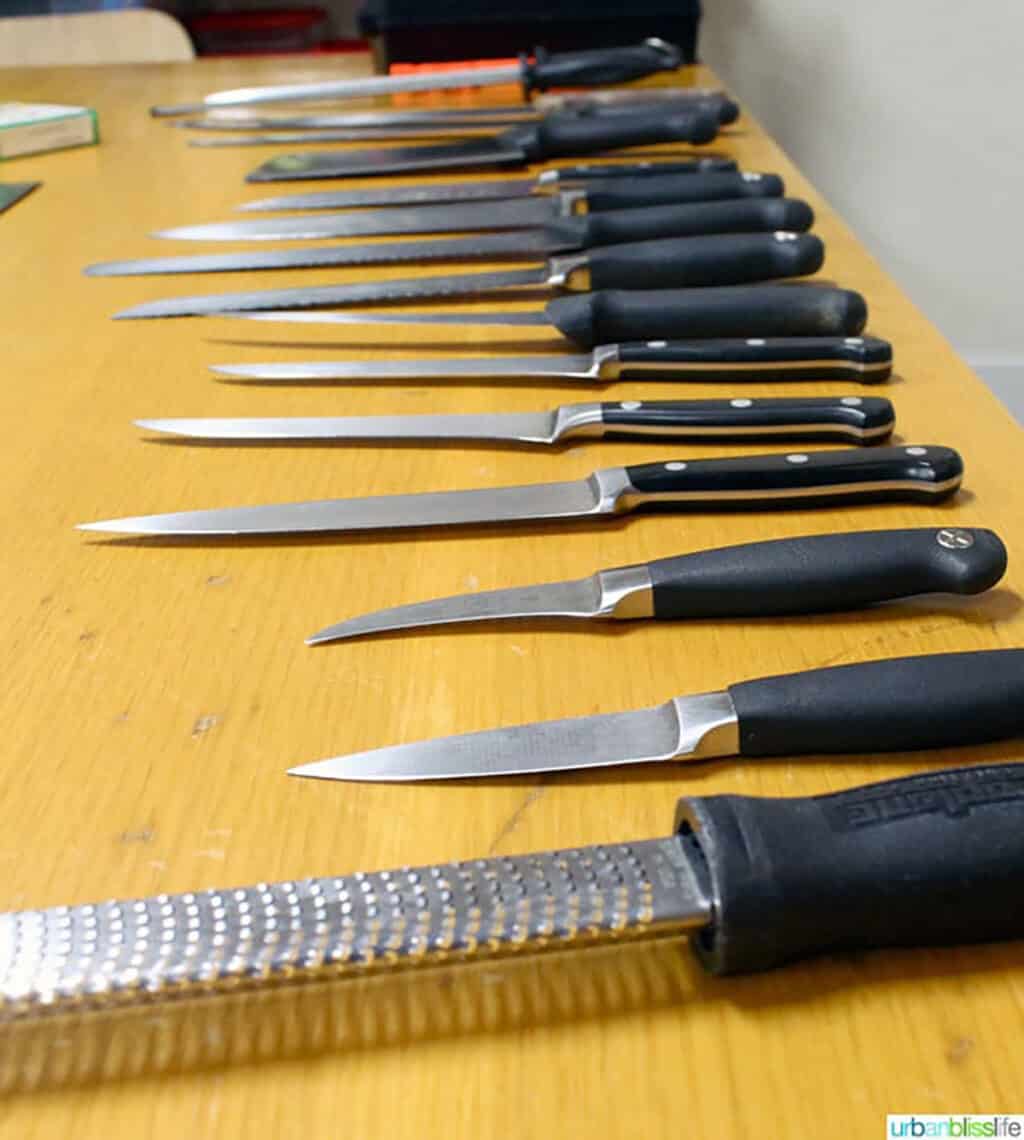
I remember the first set "grown-up"of kitchen knives I owned. It was a collection of 15 knives that came nestled in a large wooden block, like this one. Marlynn and I received it as a wedding gift. That hefty block rested faithfully for years on a variety of kitchen counters as we moved to various new apartments and then our first couple of houses.
But it took us a while to actually figure out which knives were meant for what when it came to food prep. The result: we often used the chef's knife for everything and left the others in their cozy, woodsy home.
Surprise! It turns out that knowing the different types of kitchen knives and how to properly use them can save you a lot of time and effort! In this guide, we highlight the 9 most common types so you can get an edge in the kitchen.
Jump to:
Chef's Knife
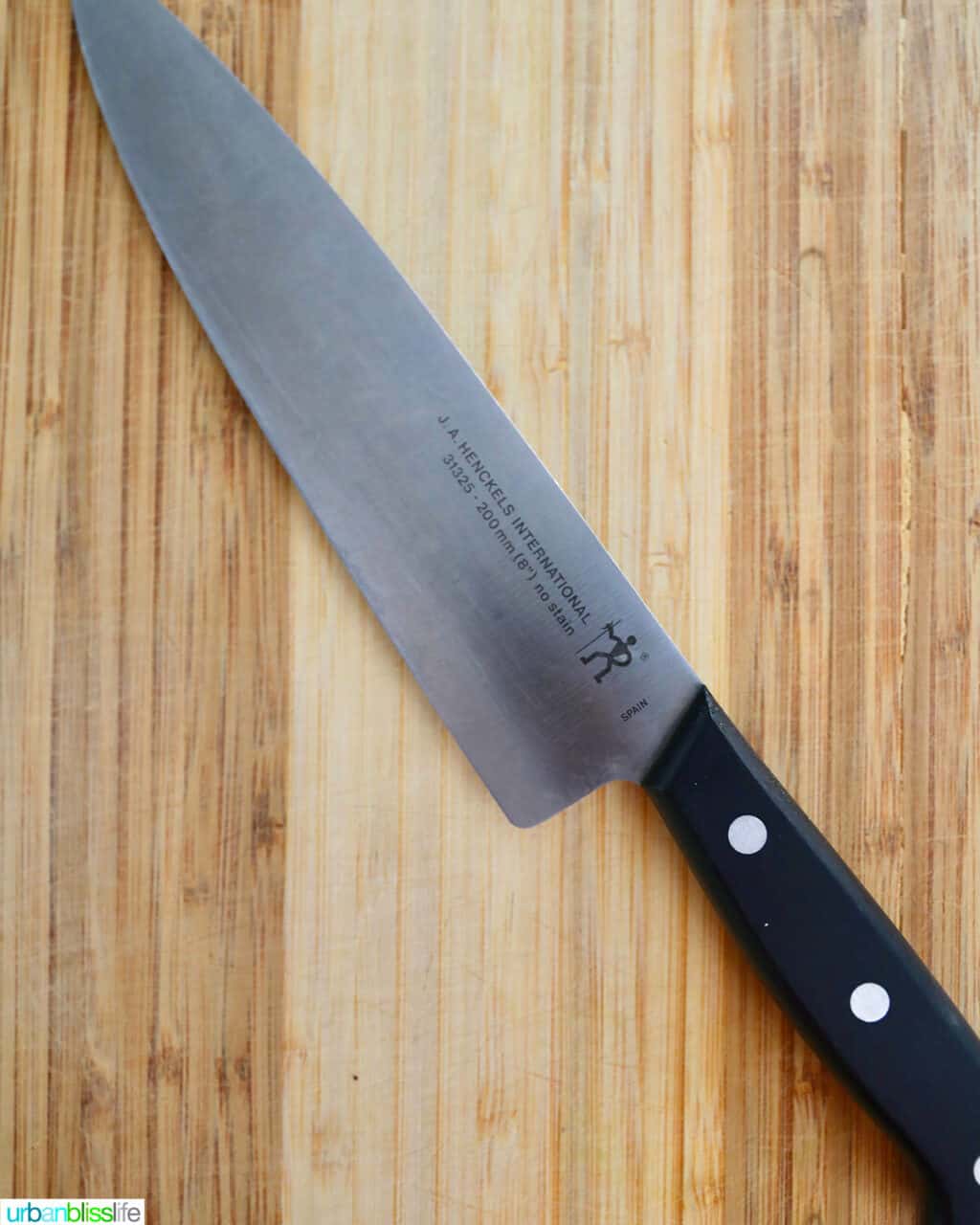
The single most important knife to have in your cooking toolkit is the Chef's Knife.
This versatile item can chop, dice, slice, and carve everything from fruits and vegetables to meat and herbs.
The long, slightly curved blade is designed to help your hand rock back and forth, making chopping easier. The blades range in size from 8 inches to 12 inches. The longer ones are ideal for cutting through larger items like watermelon, but for everyday use an 8 or 10-inch blade will serve you well.
When choosing a chef's knife, look for one that feels balanced in your hand -- not too top or back heavy. And select one that has a comfortable grip that won't scratch or slip out of your hand.
Most importantly, make sure it's sharp. Check out the section below for more on how to properly sharpen your knives.
Santoku Knife
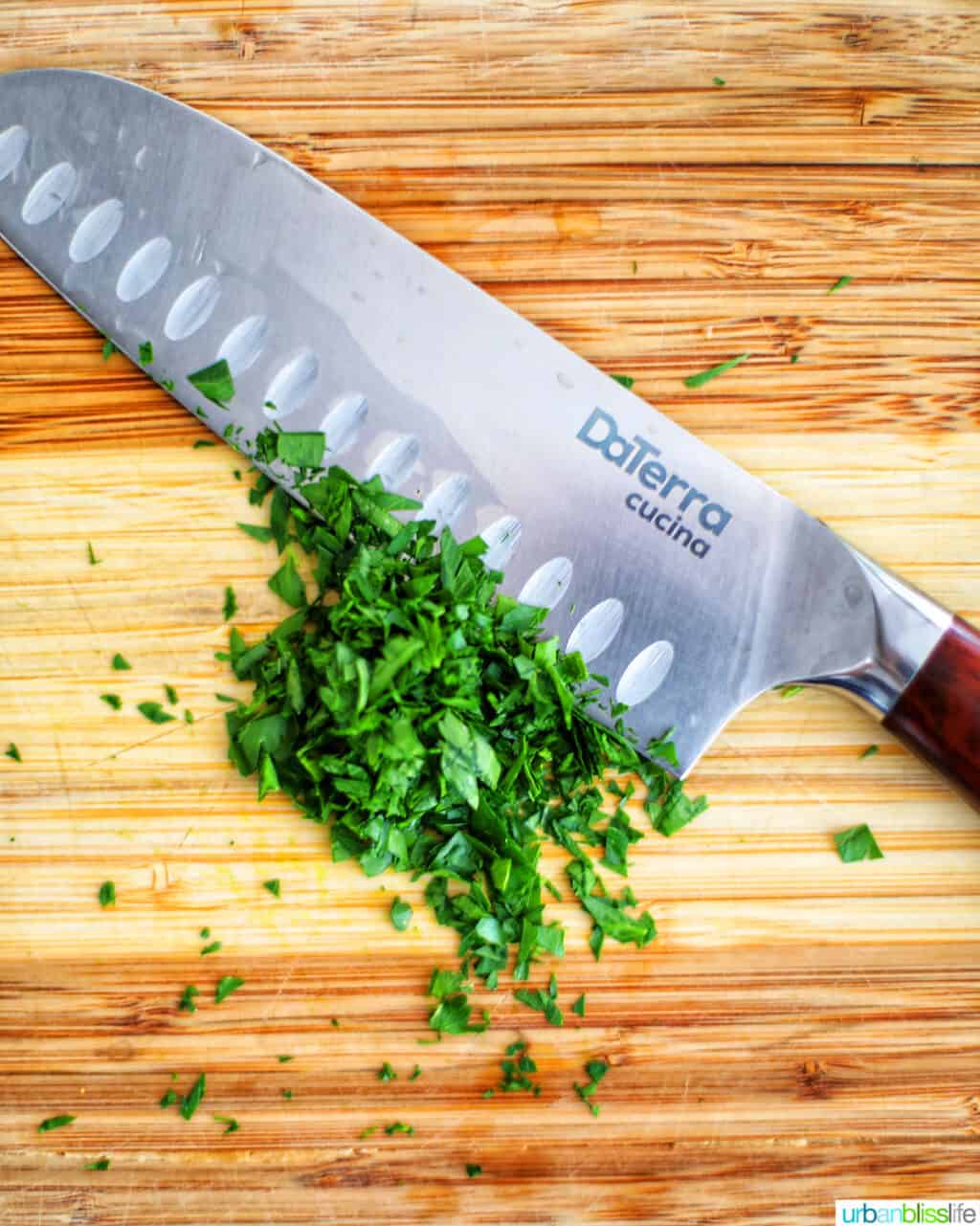
Similar to a chef's knife, a Santoku Knife is also a great option for food prep that includes chopping and dicing. The wider, straighter blade is also typically thinner -- all of which can offer more stability and control especially when you need to make smaller (think mincing) or more precise cuts.
Commonly available with an 8-inch blade, this knife also features small scallops or indentations along its edges to help prevent food from sticking to it. This makes the santoku knife a great option for chopping more moisture rich foods like cucumbers, tomatoes, onions and garlic, and meats and cheeses.
Boning Knife
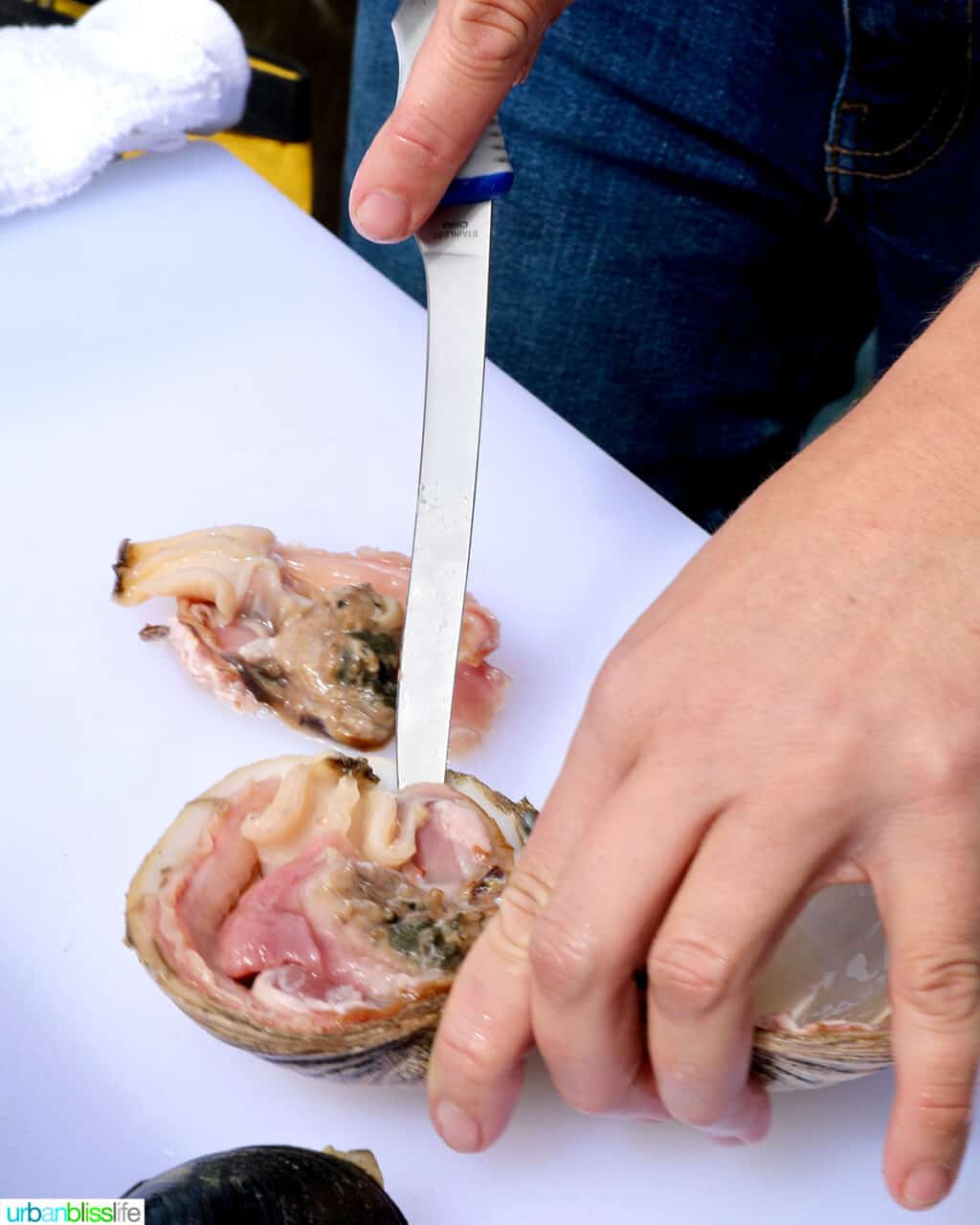
The chef's knife and santoku knife are the two most versatile types of kitchen knives you should keep on hand. But there are several others that can help take your cooking to the next level.
If you're more of a serious cook, and one who works a lot with meat, you may consider investing in a Boning Knife.
This tool features a narrow, flexible blade used to efficiently debone various cuts of meat. Can you use a chef's knife to debone meat? Yes. But a boning knife's thin tapered tip is designed to do it much more precisely and effortlessly. This allows you to better navigate around the bones and produce cleaner, less wasteful cuts.
Boning knives can also be used for removing bones from fish.
Fillet Knife
A cousin of the boning knife is the Fillet Knife.
While the former can be used for both meat and fish, fillet knives are meant exclusively for fish preparation. It's thinner and longer than a boning knife and has a pronounced upward curve at the end of the blade.
It's ideal for removing fish scales and for gently flexing around fish bones and skin. The curved tip also helps create more precise fillet cuts.
Paring Knife
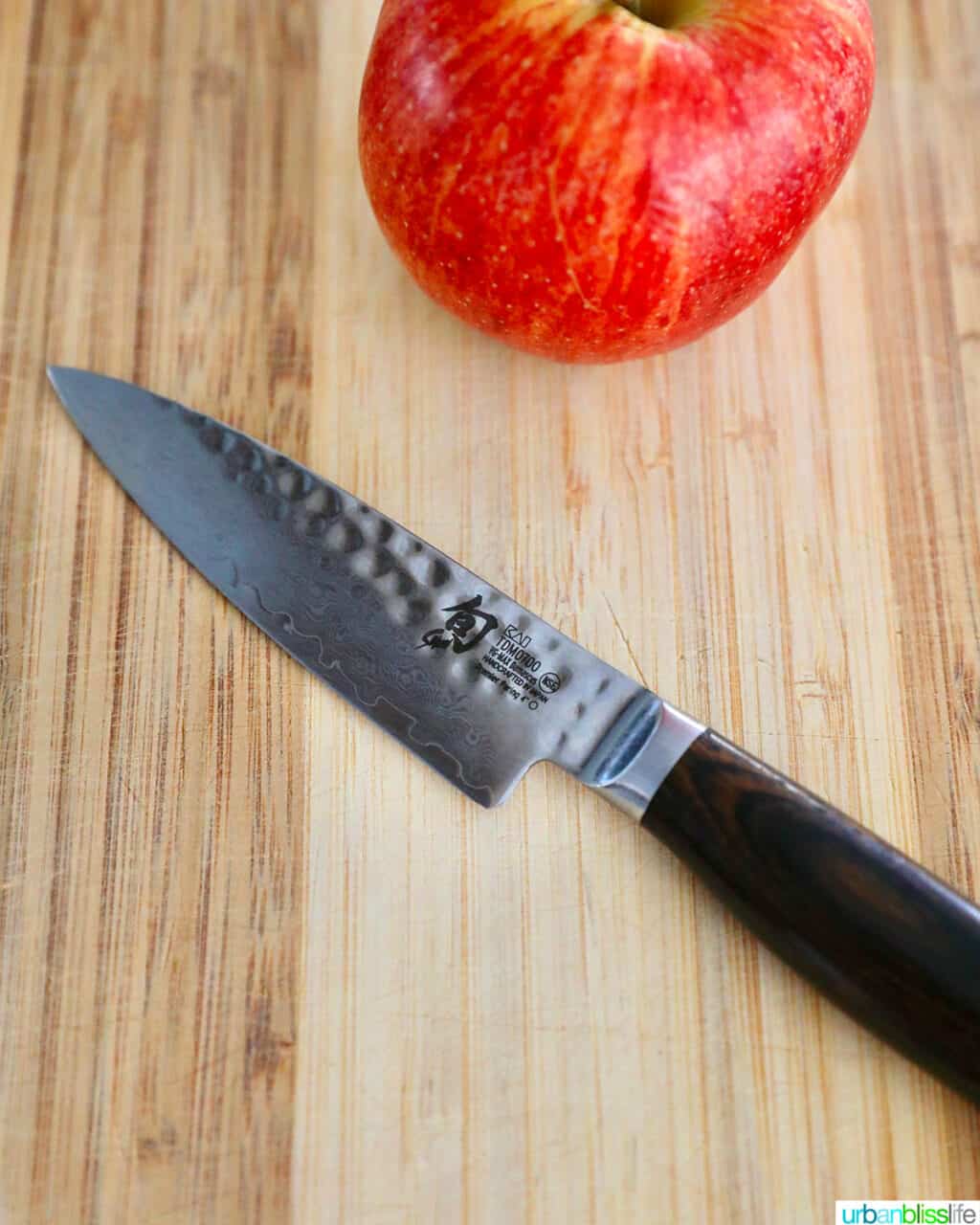
Not all food prep involves deboning cuts of meat or chopping through vegetables. Sometimes it requires a more delicate touch.
That's where a paring knife can come in handy. It features a small but super sharp blade, which makes it a great knife for peeling or fine dicing. Perfect for slicing fruits, it can also be used for deseeding certain foods.
Utility Knife
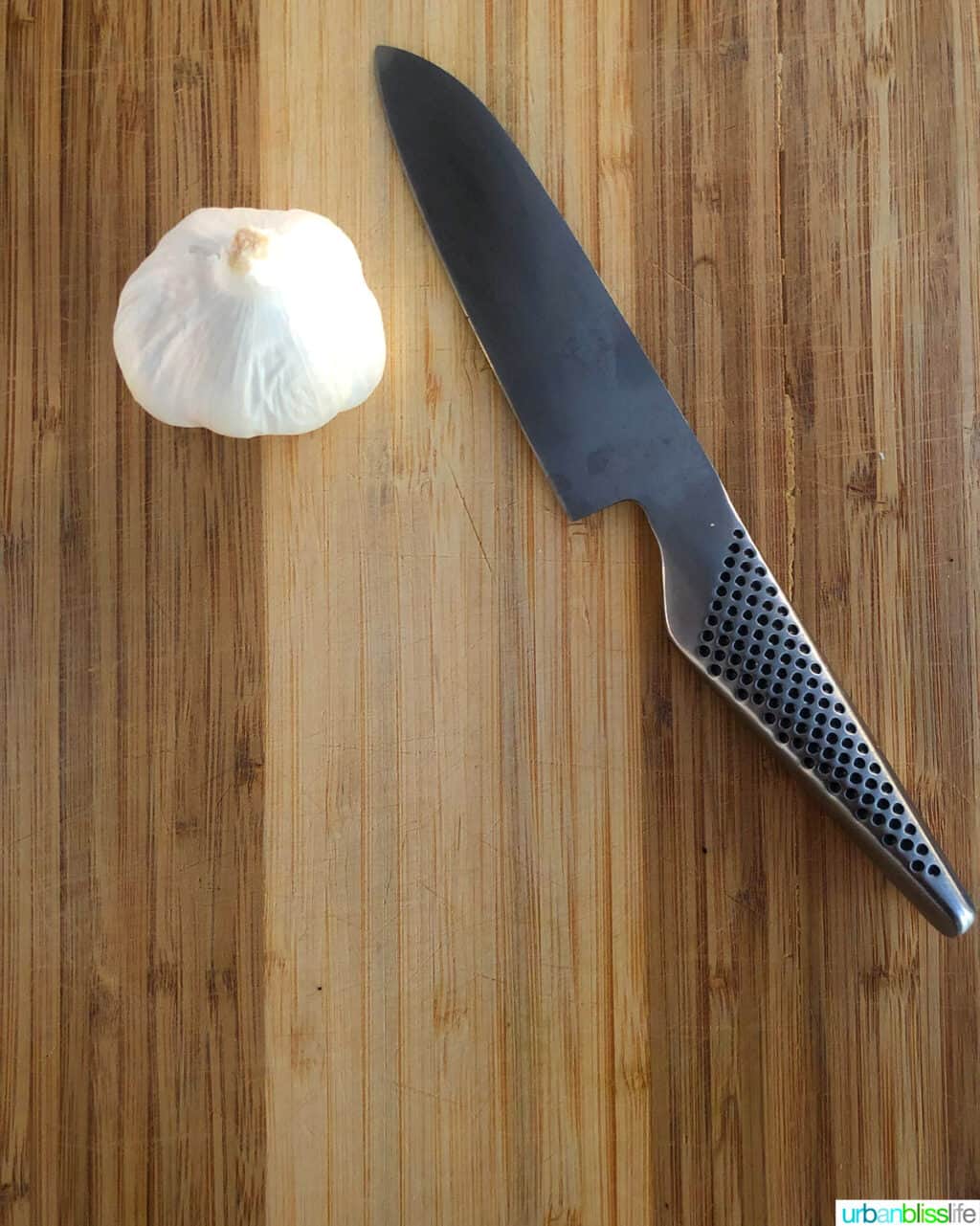
I call the Utility Knife the "tweener." In terms of size, it's not as big as a chef's knife, but it's larger than a paring knife -- it's right in between.
Unfortunately, it's also not quite as usable as those two either. Utility knives can chop midsize fruits and vegetables, and even meats. And, they could be used when you need to prep smaller food items. However, they really aren't better at those tasks than the knives described above.
Simply put, this knife is more of a nice-to-have than a must-have.
Bread Knife
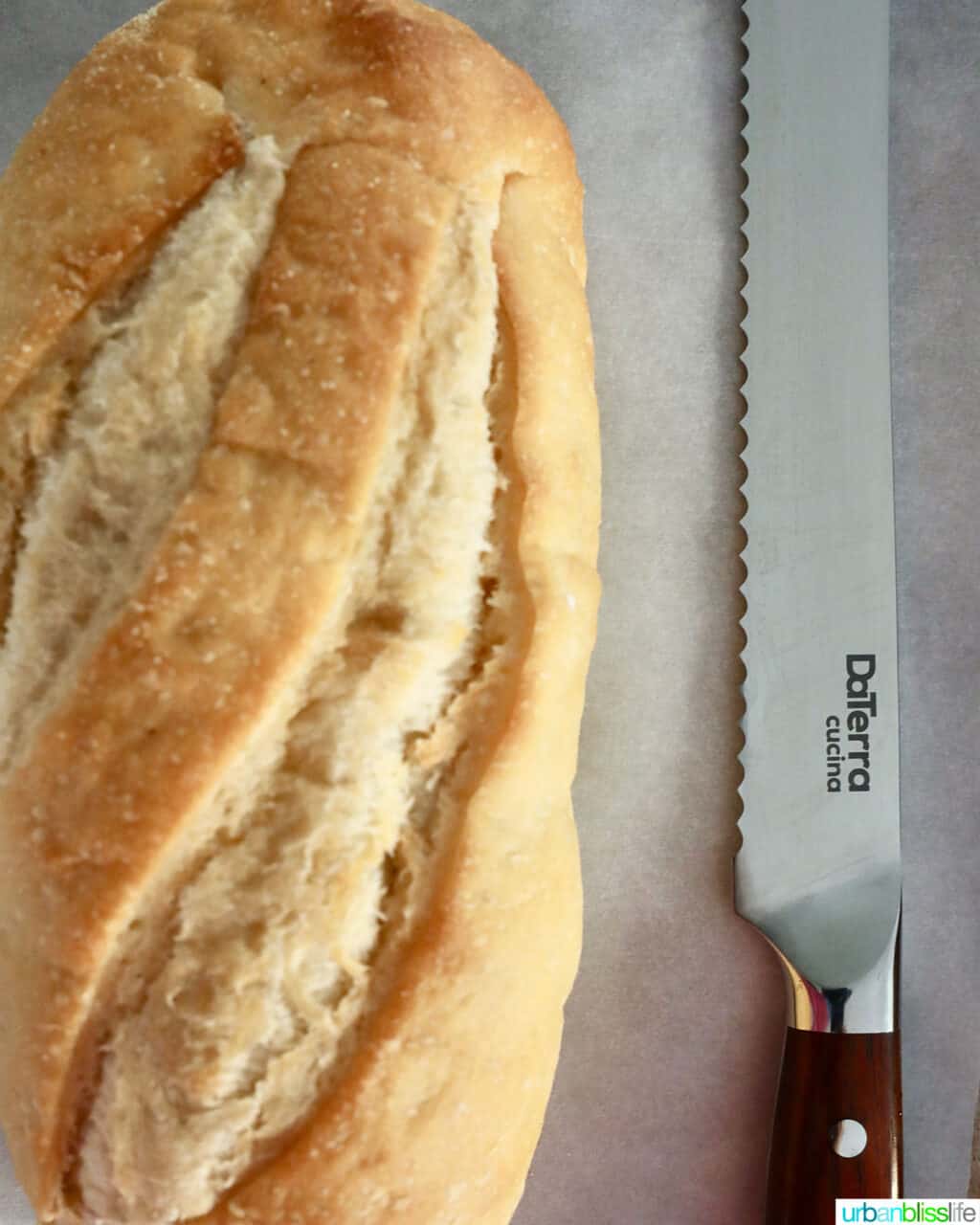
As the name suggests, Bread Knives are meant for cutting through, well, bread. But mainly the type of bread that has a hard outer crust. This knife's serrated edge is designed to slice through those crusts without creating a big mess or damaging the softer bread inside.
They also have other helpful uses. For example, the serrated edge can be handy if you need to cut through tricky tomato skins. This knife is also ideal for leveling off and slicing through cake.
Cleaver
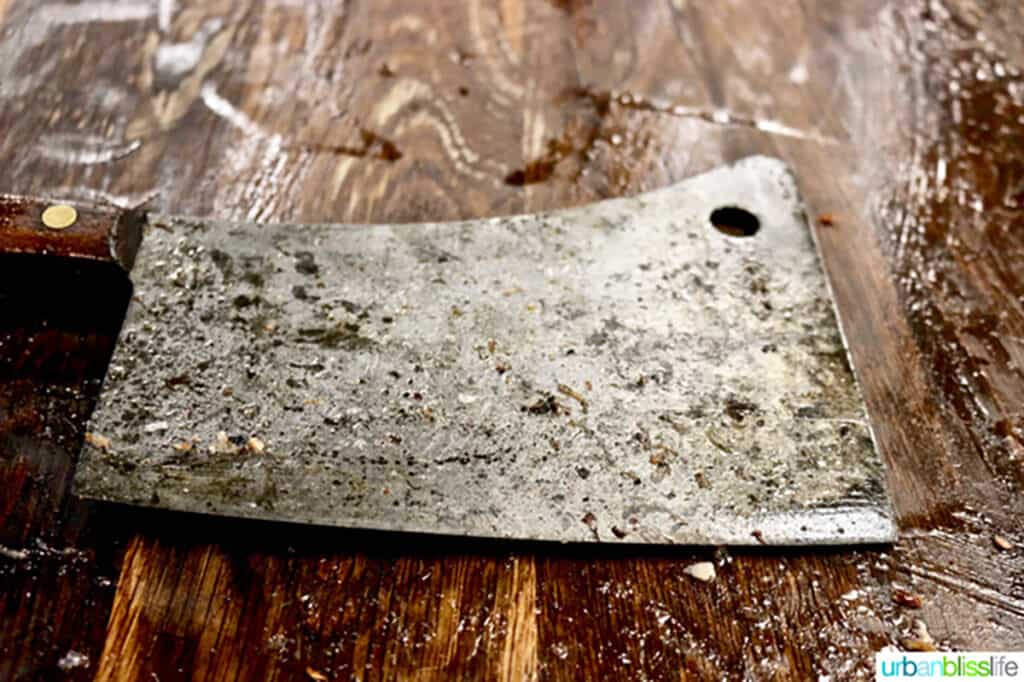
These next two aren't strictly types of kitchen knives, but they can still come in pretty handy while prepping and cooking.
If you do serious meat prep, you may have a Meat Cleaver in your kitchen. It's primarily used for tougher work, like chopping though chicken bone. The blunt blade and overall heft is meant to provide more weight and force to make those tasks easier. For most home cooks, this also falls into the nice-to-have category, as already separated poultry and meats are readily available.
The large blade can also be used to chop larger vegetables if precision work isn't a priority, but in most cases, you're likely better off just using a chef's knife instead.
Kitchen Shears

A good set of Kitchen Shears can be also be a big food prep help. One of our favorite ways to use them is to cut bacon for use in other dishes like stews, pasta, or even on pizza. Shears are also great for cutting up herbs, opening stubborn food packaging, and even spatchcocking a turkey.
3 Ways to Sharpen Kitchen Knives
Now that we've reviewed common types of kitchen knives, let's take a look at how to care for them. After all, it's one thing to have a great set of knives. But in order for them to work at their best, they need to stay sharp. Generally, there are 3 ways to make sure your knives are in top shape.
1. Use a manual or electric knife sharpener
Manual, or pull-through knife sharpeners are easy to use. You simply insert the blade in the sharpening slot and pull it through, repeating as necessary until you get your desired sharpness.
Electric sharpeners work much the same way. A drawback is that these tools can remove a lot of the steel in the your knives, so avoid using them if you have a high-end set of kitchen knives.
2. Use a Whetstone
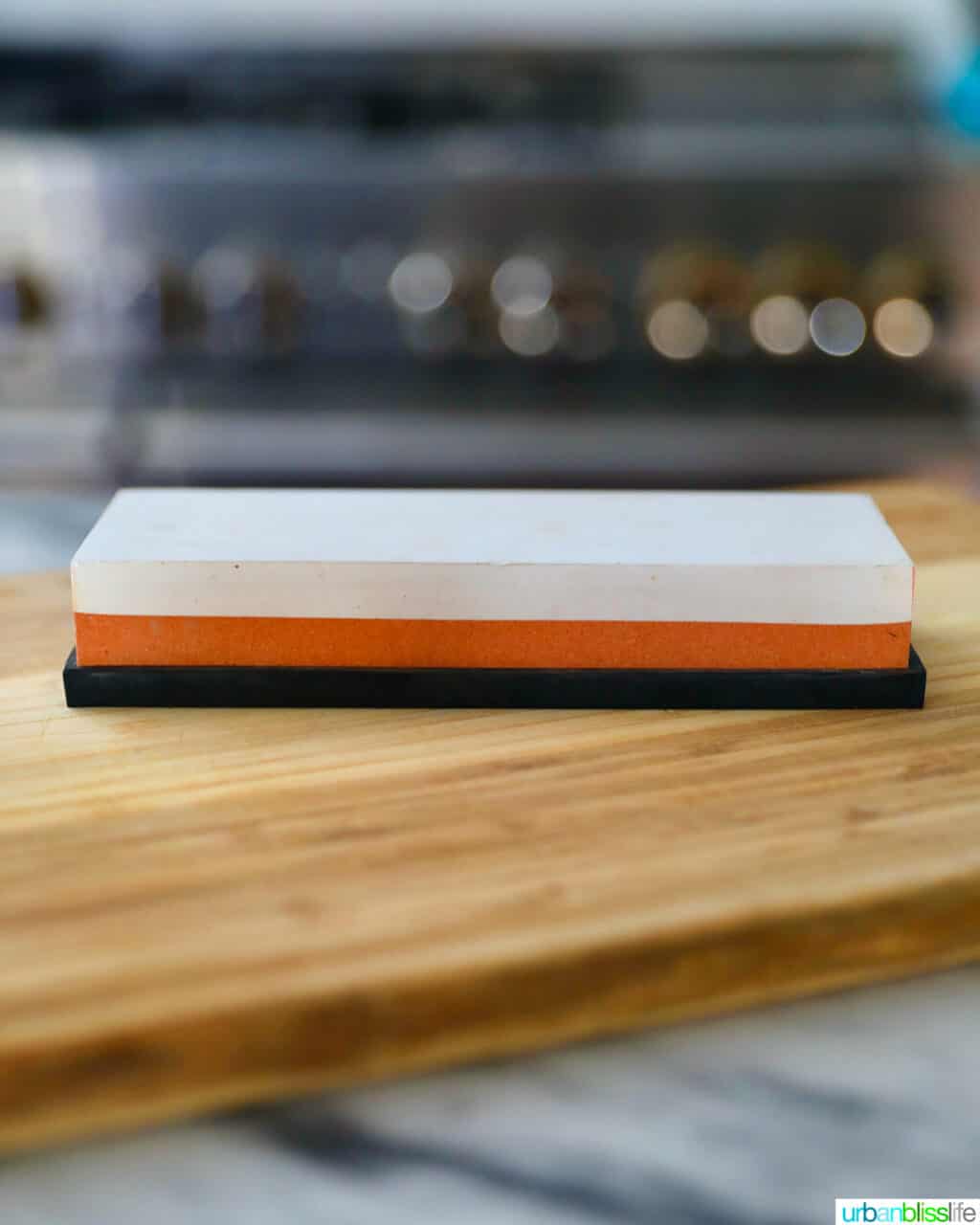
A whetstone is a flat piece of stone that you gently drag the blade of your knives over in order to sharpen them. Most come with two levels of grit-ness; one side has a coarser grit, the other side a finer one for finish sharpening work.
You start with the coarser side and gently stroke the blade along the top of the whetstone several times on each side, while holding it at 15 to 20 degree angle. Once you have a sharp edge, flip the whetstone over and repeat on the finer grit side.
When you're done, you should easily be able to slide the blade through a sheet of paper without any resistance.
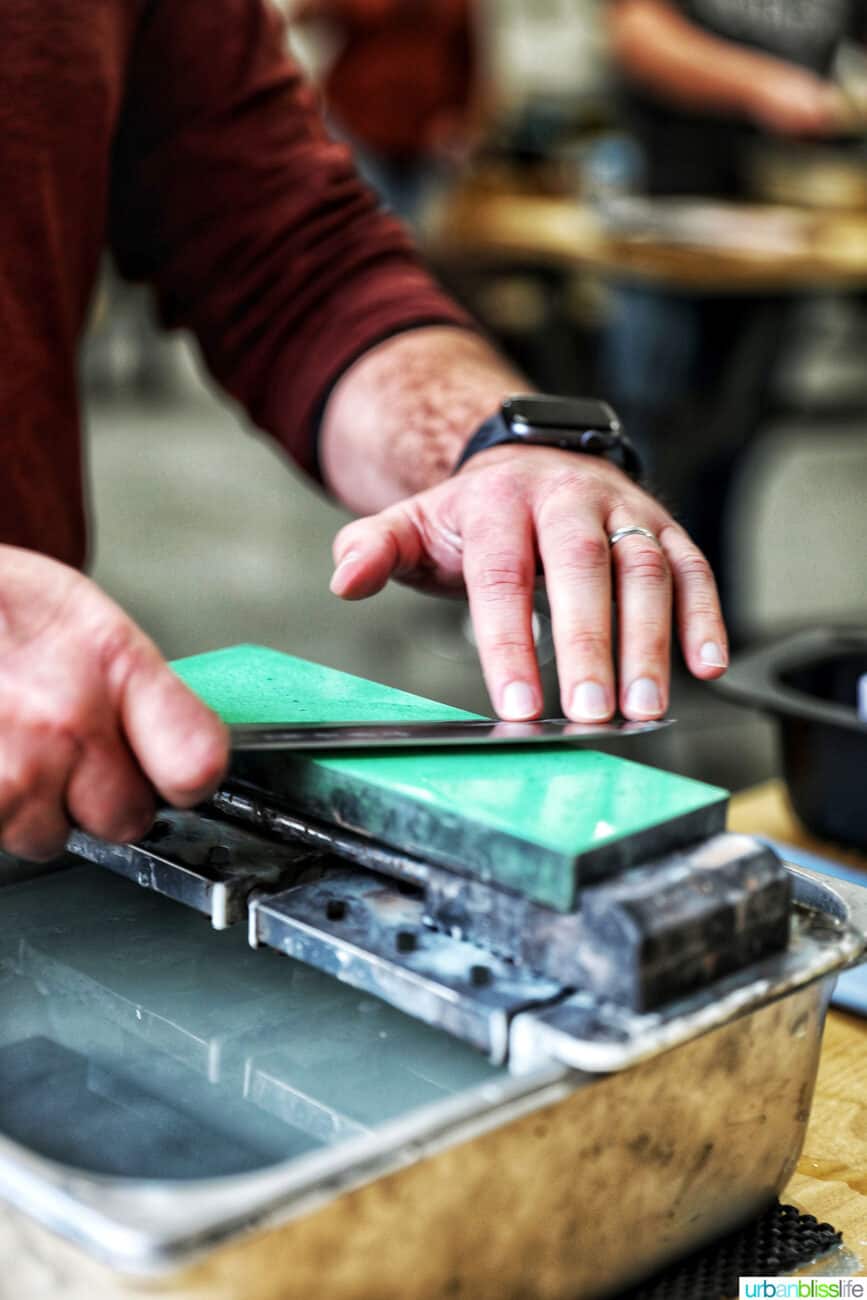
It takes some time to get the hang of how to use whetstones properly. Marlynn and I took a knife sharpening class at Steelport Knife Co. recently. It gave us some pretty good hands-on experience, but this is a skill that is best honed with practice.
3. Have a professional sharpen them
If all of that seems a bit too complicated or you have a really expensive set of knives, consider having a professional sharpen them for you. Many places that offer knife sharpening classes, like Steelport Knife Co., will also sharpen knifes for you.
We have also use Oregon-based company Knife Flight, and were very pleased with their knife sharpening services.
While it comes at an extra cost, it may be worth the peace of mind to have the experts sharpen your knives.
4. Honing steel
Wait, I thought you said there were three main ways to sharpen your knives? That's right. A honing steel is a long metal rod that doesn't actually sharpen knives. Rather, it straightens the outer edge of the blade so it can cut more evenly.
You typically use this after sharpening your knife or if you're using a knife for an extended period time chopping and dicing. Giving your knife a few strokes along the honing steel every few minutes can help it stay more effective.
Stainless Steel vs High Carbon Steel Knives
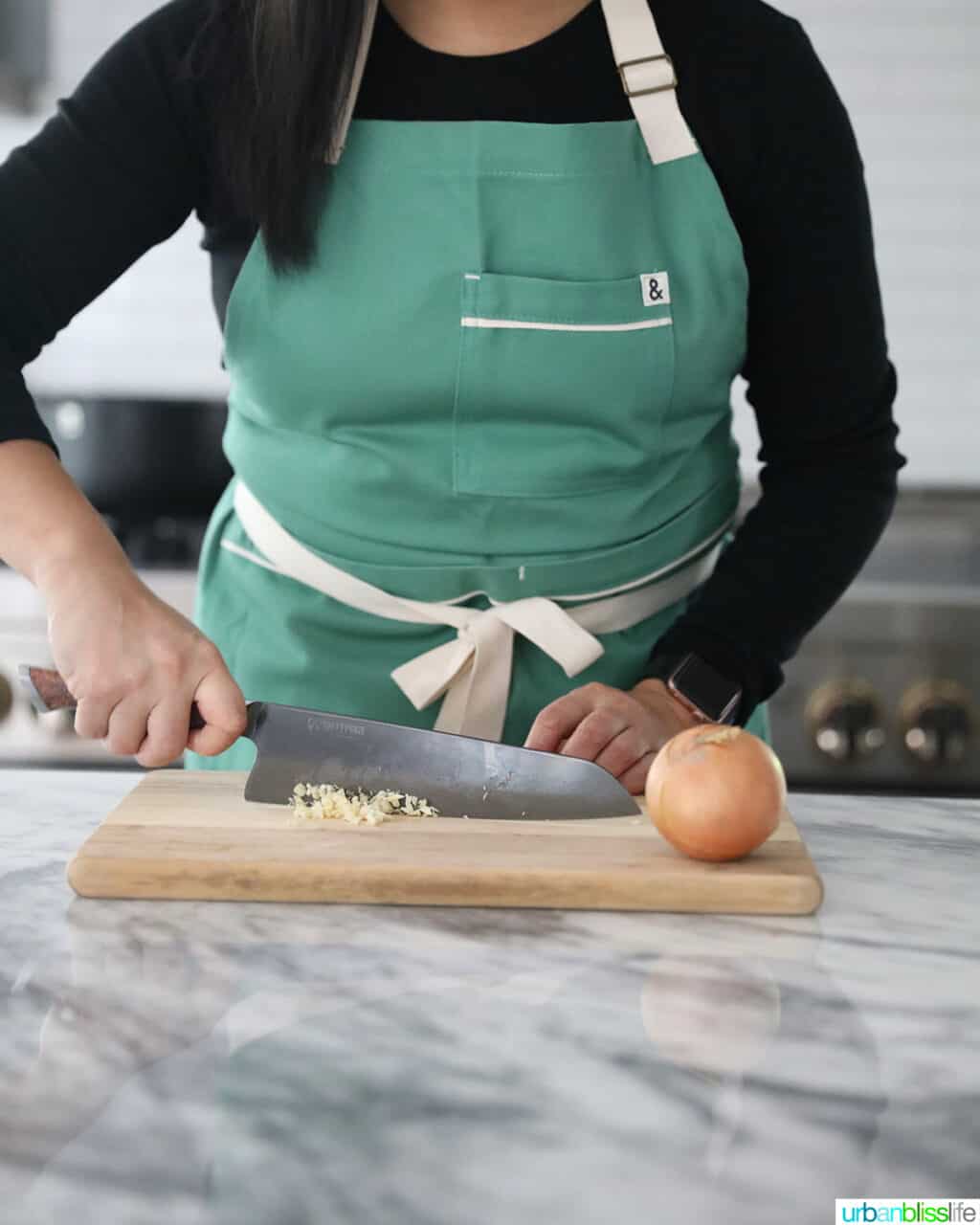
Now that we've looked at the main types of kitchen knives and how to sharpen them, it's worth knowing a bit about the difference between stainless steel and high carbon steel blades.
Most affordable kitchen knives are made from stainless steel. They won't rust or become stained over time and are usually suitable for everyday cooking. A good stainless steel knife can last you a long time if you properly care for it.
However, if you're serious about your cooking and do a lot of slicing and dicing, consider a high carbon steel chef's knife. The Steelport Knife Co. Chef's Knife pictured above and pictured below are carbon steel knives.
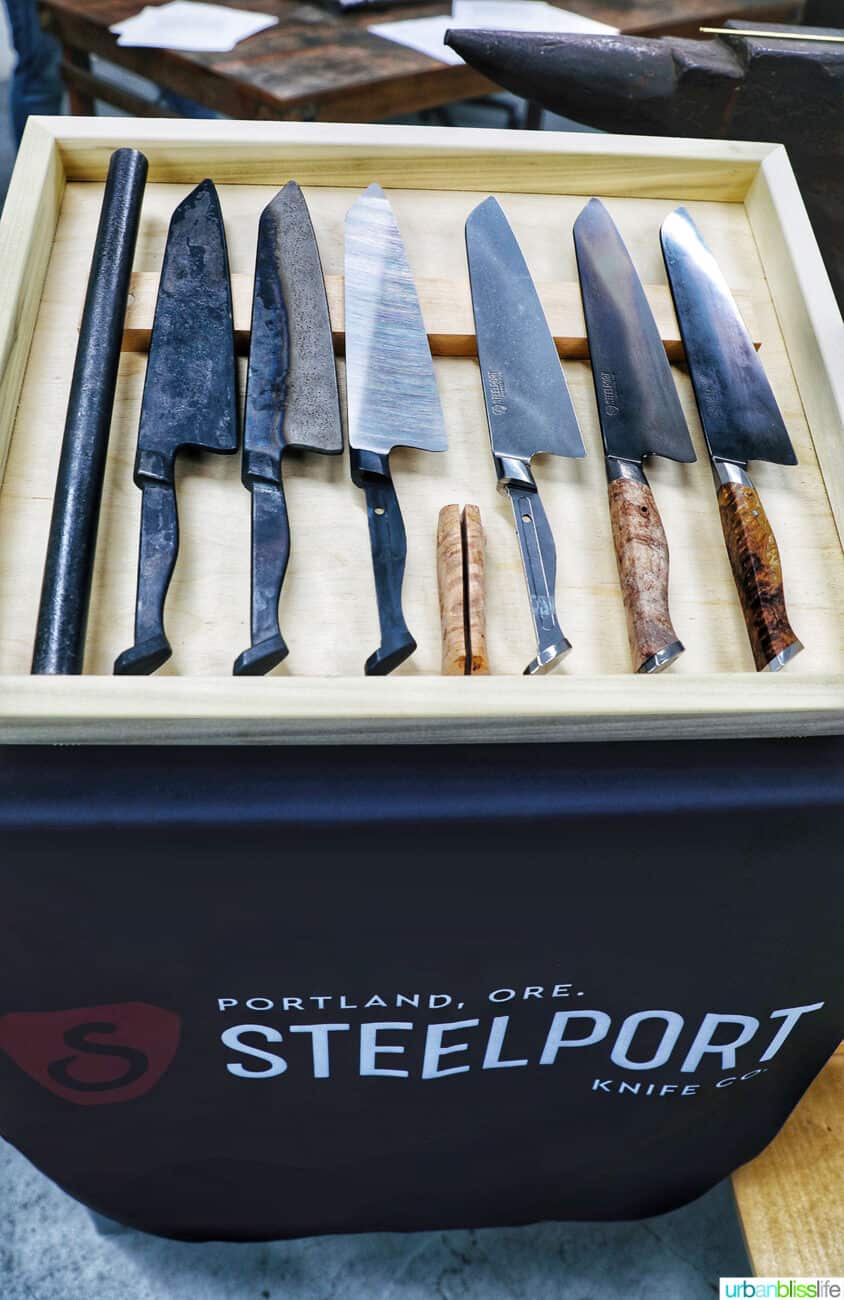
The biggest advantage to carbon steel knives: they stay sharper for much longer. That means you won't need to sharpen them as much.
They are also harder than stainless steel knives, so are less apt to bending or warping if you drop them. But that hardness also means they can be more brittle, so dropping them can result in chips. And over time, they can develop lighter and darker patinas and can be susceptible to rust if not properly cared for.
The bottom line: if you want a sharp, professional grade chef's knife, high carbon steel may be your best choice.
How to Properly Store Your Knives
So how do you properly care for your knives when you're not using them?
You've got a lot storing options, from those magnetic wall strips to wood blocks. But which is best?
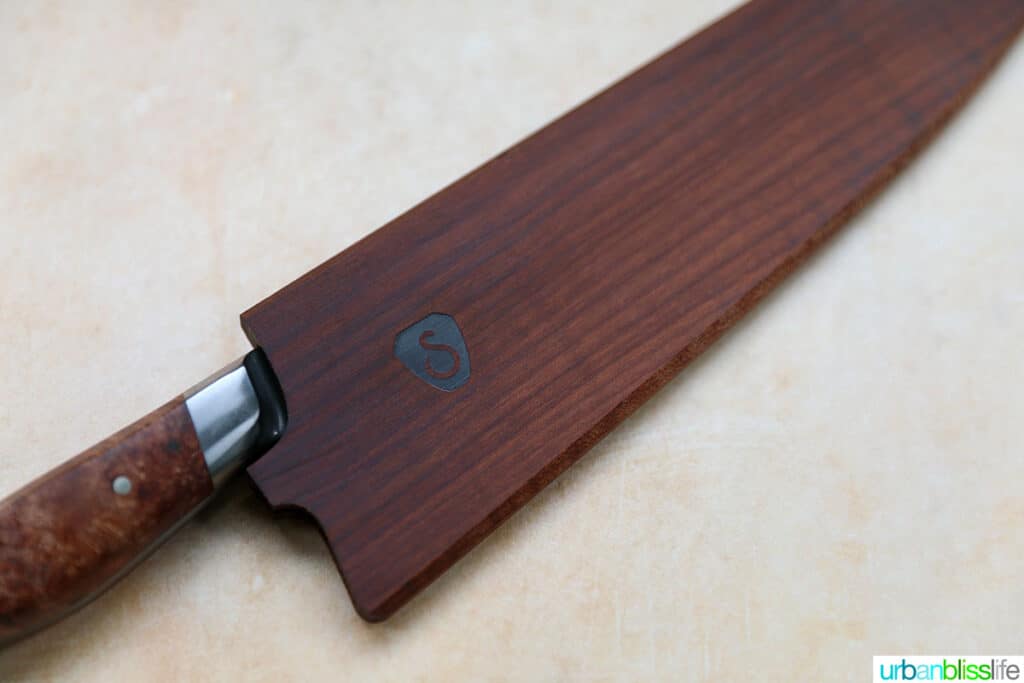
Our favorite method of protecting kitchen knives are simple knife guards.
Some are like sleeves that simply slide over blades to protect them before you place them in a kitchen drawer, like the Steelport Knife Co. knife guard pictured above.
Another form of guard rests inside a drawer and can accommodate several knives. You simply insert the blade into one of the slots. We have this too and it works great!
What you want to avoid: throwing them in a drawer with a bunch of other kitchen tools. This will likely cause dings and scratches and end up dulling the blades.
And, you could also hurt yourself if you try to grab a knife that isn't stored properly.
Do you have any favorite kitchen knives, sharpening methods, and ways to store your knives? Let us know in the comments below!
More Kitchen Guides
We've got many more food and wine guides to help you cook, bake, and enjoy wines more!


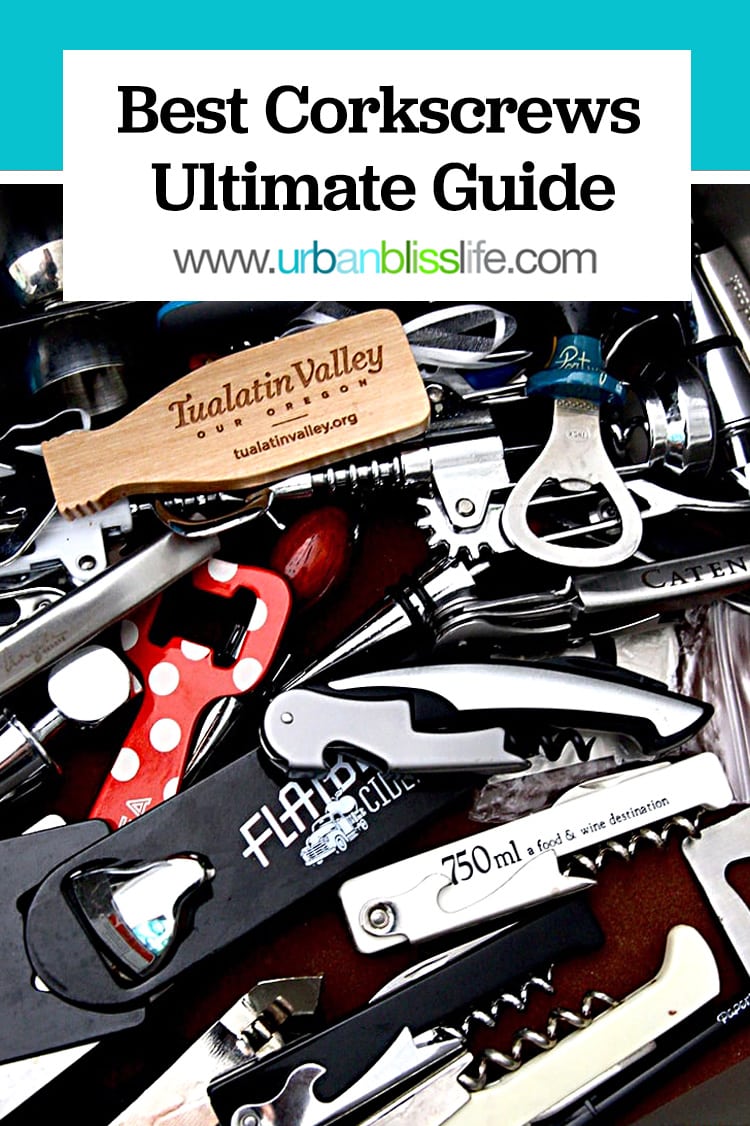

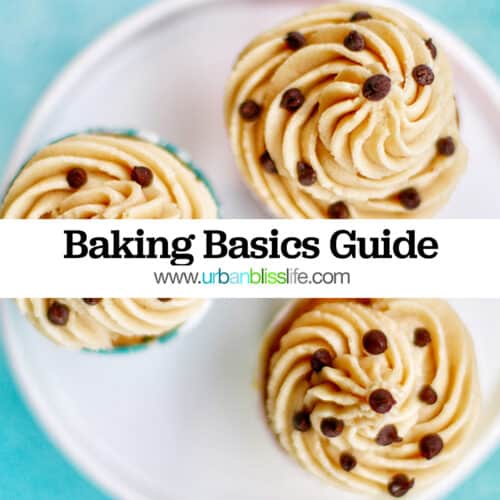
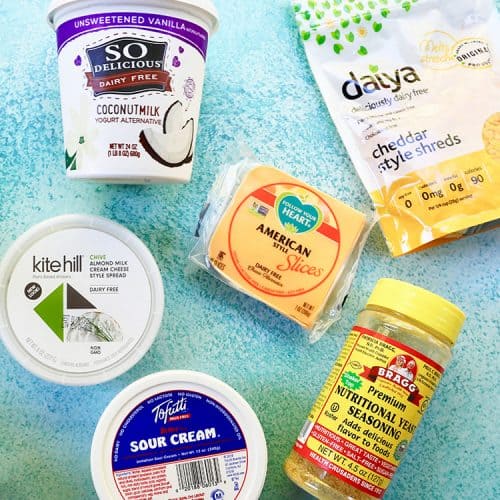

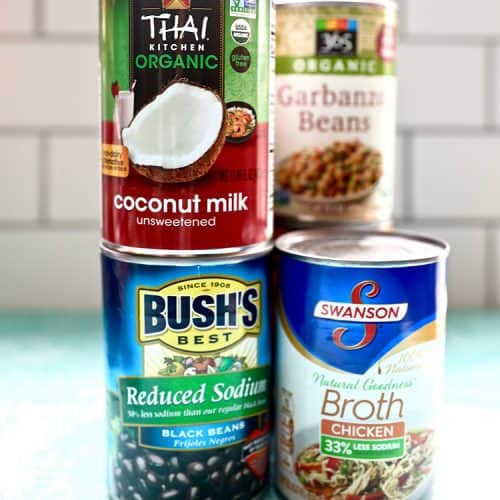
Leave a Reply